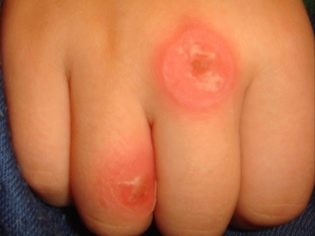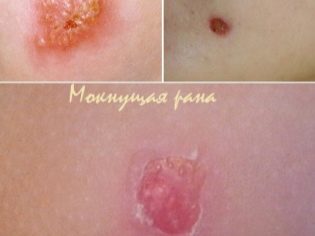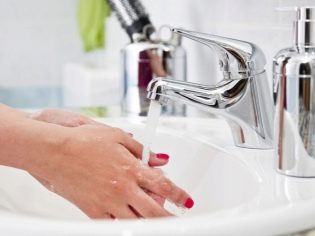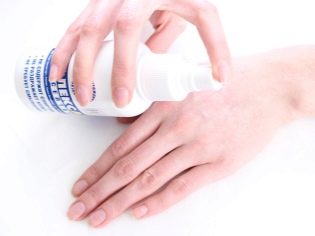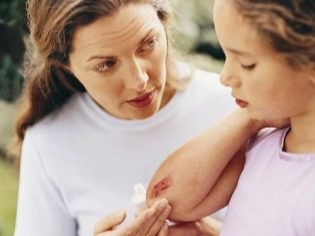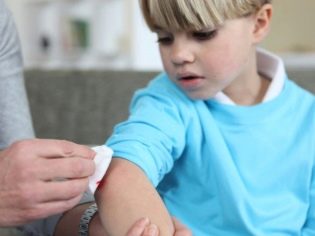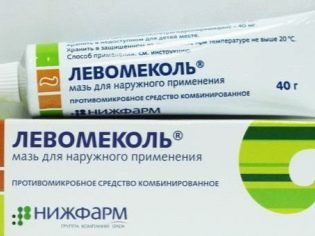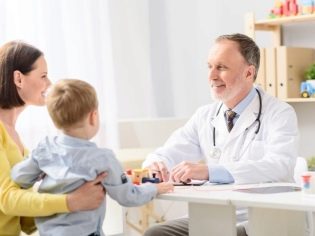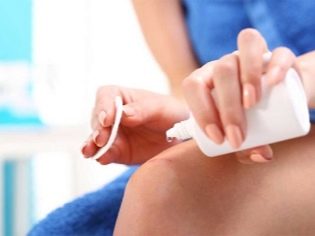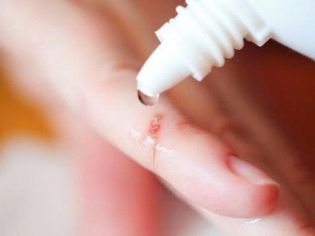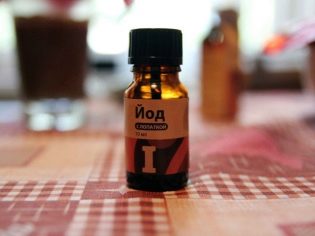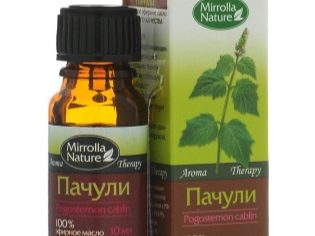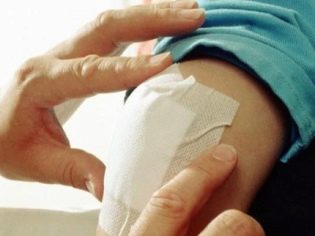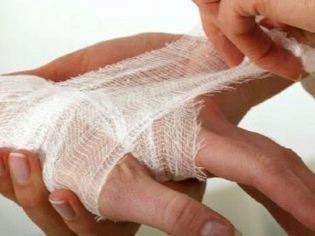Treatment of a weeping wound in a child
Wounds on the skin can appear in babies of any age. For the emergence of such pathology lead a variety of reasons. This article describes how to properly treat oozing wounds in babies.
How to treat?
Weeping wounds can occur in various parts of the skin. Quite often they occur in babies on the leg, on the bottom or on the arms. In severe course of the pathological process such wounds can be multiple. The size of the weeping wound usually reaches 1-3 cm.
A very important condition of therapy is preventing the wound surface of the secondary bacterial infection. For this it is very important to follow the rules of personal hygiene. Handle wounds on the skin of a child only need clean hands. You can also pre-treat them with disinfectant solutions. This will be an additional prevention of secondary infection of damaged skin.
Before the treatment of the wound it is necessary to carefully examine it. Contaminated wound surfaces should be pre-rinsed under running water. If there are foreign inclusions or pieces of torn-off skin in the wound, they can be removed. This should be done as carefully as possible so as not to cause bleeding from the wound. After removal of extraneous inclusions, the edges of skin damage should be treated.
For the treatment of weeping injuries, doctors often prescribe water soluble products. «Levomekol"And" Levosin "allow effectively cope with the healing of many types of wounds in babies. Apply these funds 1-2 times a day. Discharged only by the attending physician.
To achieve a positive effect, it may be necessary to apply such agents to the wound surfaces within 1-2 weeks.
If, despite the treatment being carried out, the damage to the skin does not heal, but, on the contrary, it progresses, then a mandatory consultation with a doctor is required. In some cases, this contributes to the secondary infection of the wound surface with various bacteria.
Usually, this condition is manifested in babies with the development of large wheals along the edges of the wound, inside of which there is pus. In this case, to eliminate the manifestations that occur, a mandatory prescription of antibacterial drugs is required.
How to handle?
The wound can be washed with hydrogen peroxide. This will help prevent dangerous pathogens from entering the wound surface. Hydrogen peroxide treatment is usually an unpleasant procedure that can cause the baby to develop pain. In this case, the surrounding skin should be washed with plain water.
The edges of the weeping wounds need to be processed disinfectants. Such products include green and iodine solutions, "Miramistin", Fukortsin, calendula spirit tincture. As a treatment, you can also use various oils that have anti-inflammatory action. Tea tree based oil products are excellent tools for treating various wounds on baby skin.
Use natural products should be very careful not to provoke an allergic reaction in the child.
After treating the wound, a special gauze bandage should be put on it. This will protect the wound surface from contact with the environment, as well as reduce the possible risk of infection of damaged skin. Change the bandage should be at least once a day.If a liquid appears on the surface and the discharge from the wound, then it must also be changed.
For minor damage, you can use special adhesive plasters. Modern means have a special absorbent layer, which is in direct contact with the wound surface. It is impregnated with a special disinfectant compound that protects the wound from various infections. It is important to note that if the wound surface becomes very wet, then it is better to use a gauze bandage, not a plaster.
It may take several days to heal the skin. If the baby does not have severe concomitant diseases of internal organs, then the epithelization of the wound disappears in 7-10 days. In diabetic babies, a weeping wound may heal somewhat longer. In this case, the use of special healing medicines is required.
For information on how to treat wounds in a child, see the following video.

